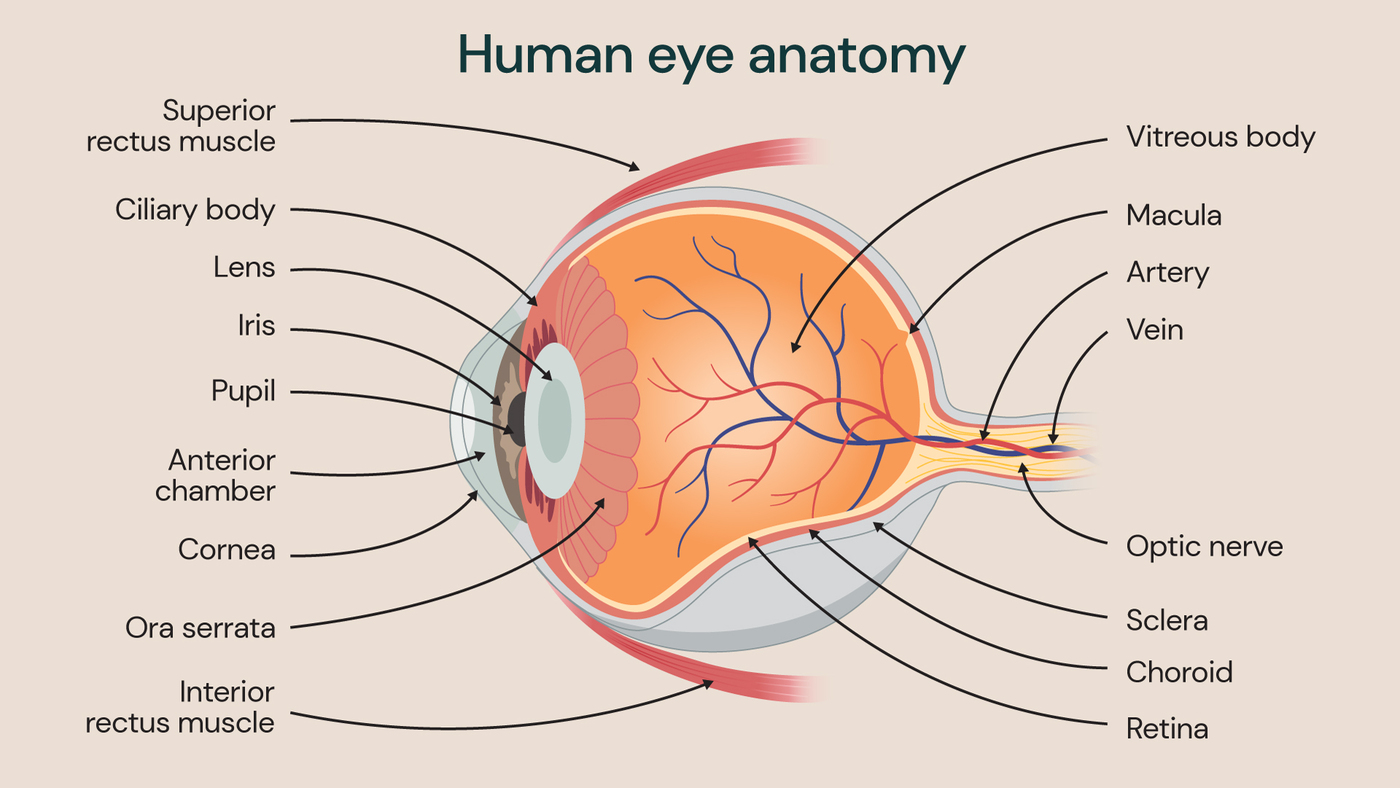Photodynamic therapy (PDT) is a non-surgical treatment that can reduce the leakage of fluid caused by abnormalities in the blood vessels in your retina or from the choroid, a deeper layer of vessels below the retina.
If you’re experiencing loss of vision due to a build up of fluid in the retina, at Guy’s and St Thomas’ Specialist Care ophthalmology services our team of retinal specialists may recommend photodynamic therapy to help treat certain eye diseases.
What eye conditions can photodynamic therapy treat?
A wide range of eye conditions can cause vision problems, some of these result in abnormal blood vessels, fluid build-up, and visual distortion. Photodynamic therapy can improve some of these conditions by reducing the leakage of fluid that has built up in or under the retina.
Your ophthalmologist (eye doctor) may recommend photodynamic therapy if you are experiencing the following conditions:
- central serous chorio-retinopathy (CSCR)
- polypoidal choroidal vasculopathy (PCV)
- wet age-related macular degeneration (AMD) with poor response to anti-VEGF injections
- vascular tumours in the eyes
- other causes of choroidal neovascularisation (wet macular degeneration) that has a poor response to injection therapy

Anatomy of the human eye
Treating chronic central serous chorioretinopathy with photodynamic therapy (PDT)
We operate the largest clinical service in the UK for chronic and complex CSCR and undertake the greatest number of photodynamic therapy treatments in the UK.
Photodynamic therapy (also called verteporfin PDT) is the ‘gold standard’ treatment for stabilising or improving visual acuity in patients, with a high success rate of approximately 85% with a single treatment. In the cases where the treatment isn’t successful, an additional round of treatment may be recommended.
One of our consultant ophthalmologists will provide an accurate assessment of your eye health to determine whether photodynamic therapy is the right treatment for you. Supplementary injection therapies can be considered if the condition has secondary complications, for example new vessel growth.
How does photodynamic therapy treat eye conditions?
Photodynamic therapy uses a light source (a laser), to activate a photosensitising agent called verteporfin. On the day of your treatment, an infusion of verteporfin will be administered into your bloodstream through a cannula. This infusion will take about 10 minutes, allowing the medication to circulate through your body and reach the retina, choroid, and any abnormal leaking blood vessels at the back of the eye.
During the verteporfin infusion, you will be given anaesthetic drops. Your ophthalmologist will then apply a contact lens to your eye and focus a painless low-energy red laser onto your retina and leaking blood vessels for 83 seconds to activate the verteporfin.
Both eyes can be treated in a single session. For the 15% of patients with complex CSCR who require further treatment, this can be repeated after 3 months, which can result in better disease control.
Preparing for photodynamic therapy treatment
Our specialist team is here to support you throughout your photodynamic therapy treatment.
Before your treatment, a nurse will conduct an eye examination to check your vision, before administering dilating eye drops. You may also need additional retinal scans and imaging before receiving your treatment, all of which can be carried out in our ophthalmology unit in St Thomas’ Hospital.
The ophthalmologist performing your treatment will thoroughly explain the benefits and risks to you, and you will have the opportunity to ask any questions you have about the procedure.
Your weight and height will be measured to ensure the correct dose of verteporfin is administered for your condition.
Recovering after treatment
Verteporfin will make you light-sensitive for 48 hours after photodynamic therapy treatment, and you will be advised to stay indoors in dim lighting during this time. When returning home following treatment, you must protect your skin and eyes from sunlight, it is essential that you wear protective clothing such as sunglasses, hat, scarf or mask, long sleeves, trousers and gloves for the journey home.
You should avoid bright lights, undraped windows and halogen lights. As an extra precaution we advise that you avoid the television, computers, mobile phones and other electrical devices, due to an increase in sensitivity to light. It’s important to check your home environment before proceeding with treatment to ensure you can make adjustments, for your own comfort.
The dilating drops will blur your vision for up to 3-4 hours, making it unsafe to drive home. We advise you to bring someone with you to your appointment to help you return home afterwards.
What are the benefits of photodynamic therapy?
Photodynamic therapy is proven to stabilise vision and treat several conditions in the eye. It’s a non-surgical treatment that limits damage to healthy tissue due to the treatment being directed at diseased retina.
Whether photodynamic therapy can restore vision, will be discussed on an individual basis according to the amount of damage present and the disease being treated. It can be a ‘rescue therapy’ for some conditions if previous treatments have been unsuccessful.
The procedure is carried out as an outpatient procedure, so you can return home after the treatment to recover in the comfort of your own home.
What are the risks of photodynamic therapy?
While most patients experience positive results from photodynamic therapy, like any procedure, there is a small risk of potential side effects during or after treatment, including:
Blurring of vision: Several patients experience a mild decrease in their vision the couple of weeks after treatment. Some published studies have shown that a small number of patients (up to 4%), who received a full dose of verteporfin to treat AMD, PCV and vascular tumours, experienced a severe vision impairment within 7 days, however some of these patients did show subsequent improvement. When treating CSCR, only half the dose of verteporfin is required, which is safer and has a lower risk of side effects and is highly unlikely to cause permanent impairment of vision.
Inflammatory reaction: Some patients have experienced a reaction at the site of injection (usually the arm). Verteporfin may leak into the tissue surrounding the vein, causing an inflammatory reaction. In rare cases, this can lead to scarring.
Photosensitivity: In the first 48 hours after treatment, your skin will be much more sensitive to light, due to verteporfin. This significantly increases the risk of burns on the skin, which is why we recommend you avoid bright light sources.
Temporary lower back pain: 2% of patients have reported experiencing temporary lower back pain. This will subside after the infusion is complete.
In some cases, photodynamic therapy for CSCR isn’t always successful. Your ophthalmologist will conduct a full assessment of your condition prior to treatment to determine if photodynamic therapy is your best treatment option and will recommend alternative treatments, if these are in your best interests.
Locations
Our private ophthalmology services are offered at the following locations:
Meet our ophthalmology specialists
Meet our team of world-class ophthalmologists. Specialising in eye care treatments, from cataracts to glaucoma – we’re here to provide you with personalised care.
